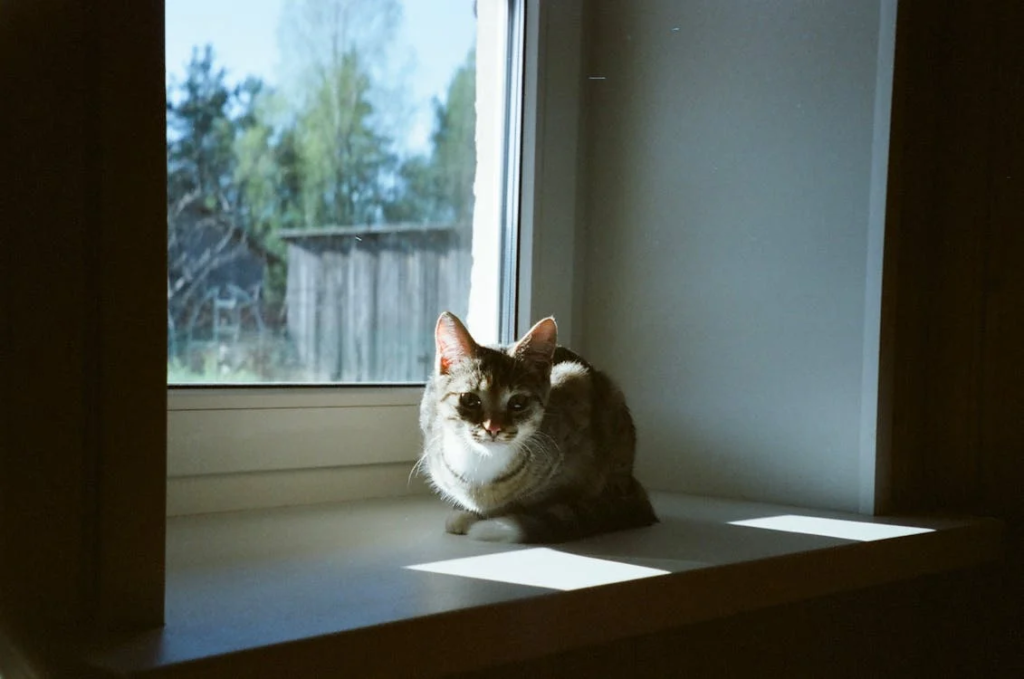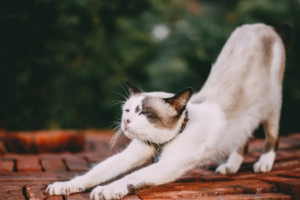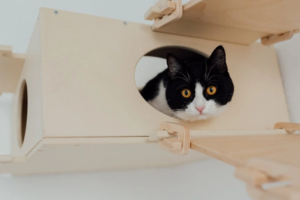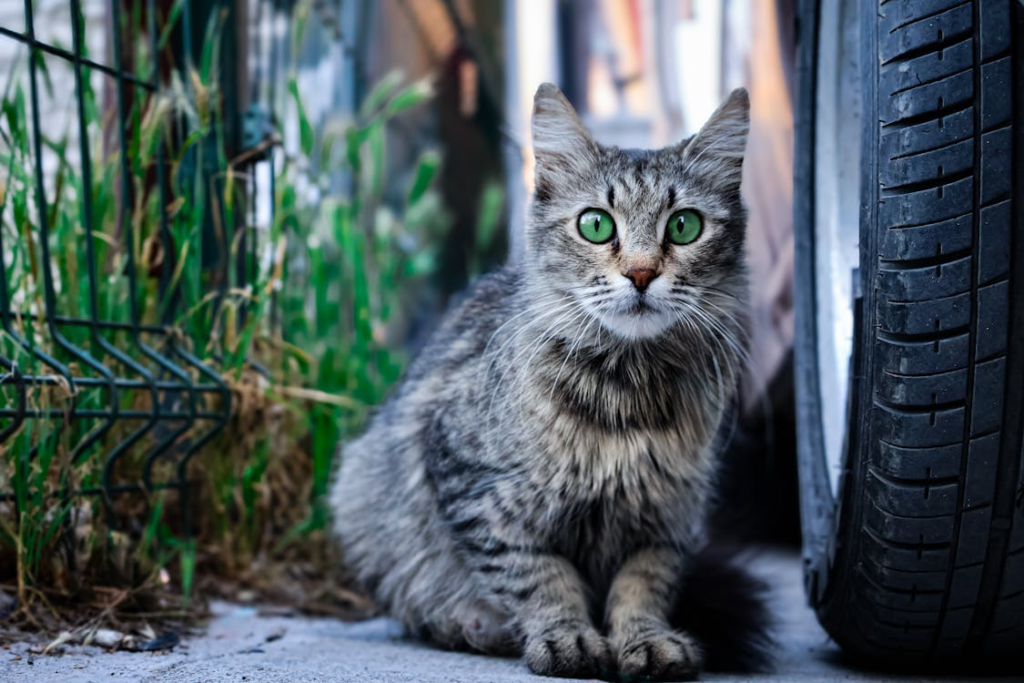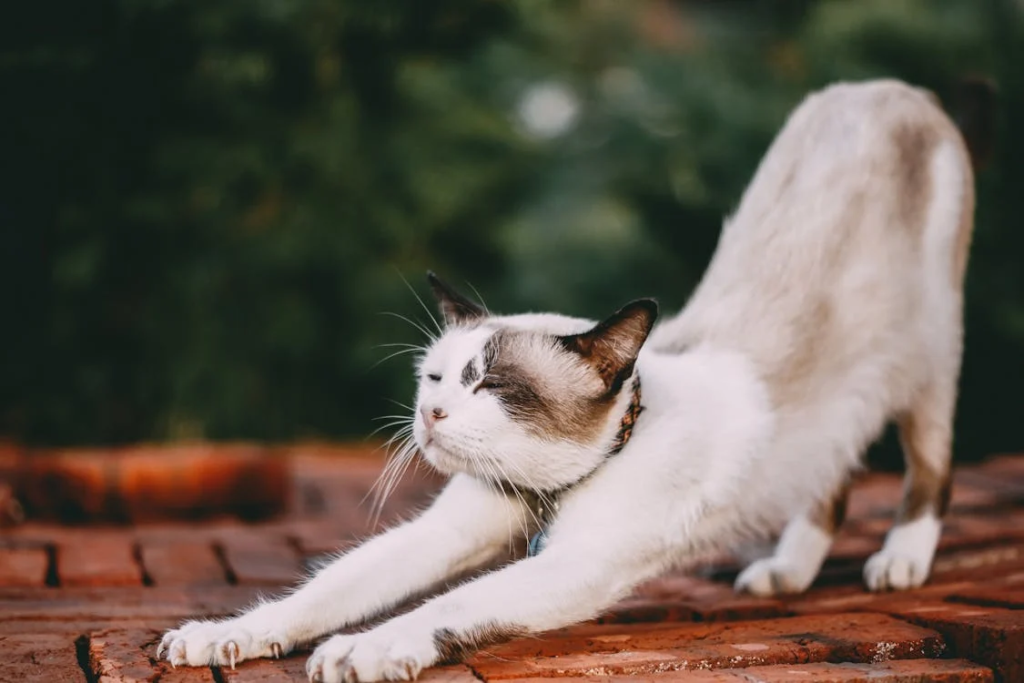Introduction
Catios, a portmanteau of “cat” and “patio,” have gained significant popularity among cat owners seeking to provide their feline companions with safe outdoor experiences. These enclosed spaces offer cats the opportunity to enjoy fresh air, sunshine, and environmental stimulation while remaining protected from the dangers often associated with unrestricted outdoor access. In this comprehensive guide, we’ll explore the numerous benefits of catios, design considerations, construction tips, and how these structures can enhance the lives of both cats and their owners.
The Benefits of Catios
Catios offer a wide range of advantages for cats and their human companions. Let’s delve into the key benefits:
Safety
- Protection from traffic and other urban hazards
- Reduced risk of disease transmission from other animals
- Prevention of conflicts with neighborhood pets
Mental Stimulation
- Exposure to natural sights, sounds, and smells
- Opportunities for climbing, perching, and exploration
- Reduction in boredom-related behavioral issues
Physical Health
- Increased exercise opportunities
- Access to fresh air and natural sunlight
- Potential for vitamin D synthesis through sun exposure
Environmental Impact
- Protection of local wildlife, particularly birds
- Reduction in territorial marking behaviors
Owner Peace of Mind
- Reduced worry about lost or injured cats
- Decreased likelihood of neighbor complaints
According to a study published in the Journal of Feline Medicine and Surgery, access to outdoor spaces can significantly improve cats’ quality of life and reduce stress-related behaviors. For more information on the impact of environmental enrichment on feline well-being, visit the International Cat Care website.
Designing Your Catio
When planning a catio, consider the following design elements to create an optimal space for your feline friends:
Size and Location
- Assess available space (balcony, patio, yard)
- Consider sun exposure and protection from elements
- Ensure accessibility from the house
Structural Elements
- Sturdy framing (wood, metal, or PVC)
- Durable mesh or wire enclosure
- Secure flooring (if not on ground level)
Cat-Friendly Features
- Multiple levels for climbing and perching
- Scratching posts and surfaces
- Comfortable resting areas (beds, hammocks)
- Interactive toys and puzzles
Human Amenities
- Seating for cat owners
- Easy-access doors for maintenance
Safety Considerations
- Escape-proof design
- Non-toxic materials
- Protection from predators (if ground-level)
For professional guidance on catio design, consult the Catio Spaces website, which offers DIY plans and custom design services.
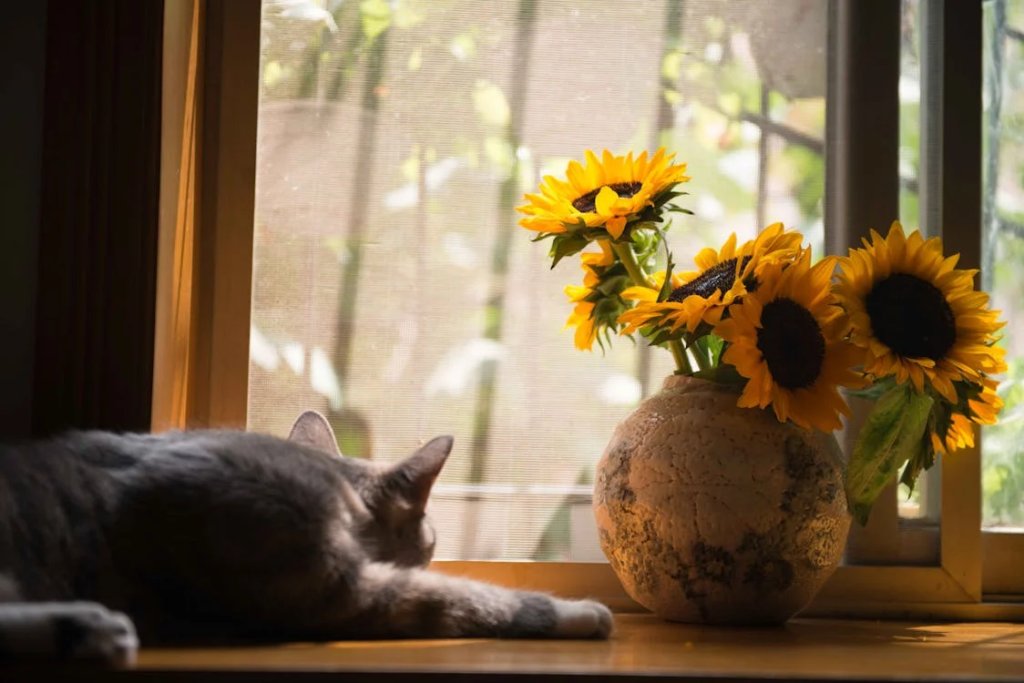
Construction and Installation
Building a catio can be a DIY project for handy individuals or a job for professional contractors. Here are some key considerations for construction:
Materials Selection
- Weather-resistant wood (cedar, pressure-treated lumber)
- Galvanized wire mesh (1/2 inch or smaller openings)
- Rust-resistant hardware and fasteners
Tools and Equipment
- Basic carpentry tools (saw, drill, level, etc.)
- Safety gear (gloves, goggles, dust mask)
Construction Steps
- Prepare the site and create a level foundation
- Build the frame according to your design
- Install the wire mesh or enclosure material
- Add flooring (if elevated) and roofing (if desired)
- Install cat-friendly features and amenities
- Ensure all entry/exit points are secure
For those less inclined to DIY, many companies specialize in catio construction and installation. The Catio World website offers a directory of catio builders across the United States.
Maintaining Your Catio
Regular maintenance ensures your catio remains a safe and enjoyable space for your cats:
Cleaning
- Regular sweeping and vacuuming
- Periodic deep cleaning with pet-safe disinfectants
Inspection
- Check for loose hardware or damaged mesh
- Assess structural integrity, especially after severe weather
Updating
- Rotate toys and enrichment items
- Add seasonal elements (e.g., heating pads for winter)
Plant Selection
- Include cat-safe plants for added enrichment
- Avoid toxic plants that could harm curious cats
For a comprehensive list of plants safe for cats, refer to this page.
Legal and Neighborhood Considerations
Before constructing a catio, it’s essential to address potential legal and social issues:
Zoning Laws
- Check local regulations regarding outdoor structures
- Obtain necessary permits if required
Homeowners Associations (HOAs)
- Review HOA rules and obtain approval if necessary
Neighbor Relations
- Communicate your plans with adjacent neighbors
- Consider aesthetic choices that complement your home’s exterior
Insurance
- Verify coverage for outdoor structures with your homeowner’s insurance
Enhancing Your Cat’s Catio Experience
To maximize the benefits of your catio, consider these additional tips:
Gradual Introduction
- Allow cats to explore the new space at their own pace
- Supervise initial visits to ensure comfort and safety
Environmental Enrichment
- Incorporate bird feeders or baths near (but not in) the catio
- Use pheromone diffusers to create a calming atmosphere
Social Interaction
- Spend time with your cats in the catio
- Consider catio “playdates” with compatible feline friends
Seasonal Adaptations
- Provide shade and ventilation in summer
- Offer warm, sheltered spaces in colder months
For more ideas on enriching your cat’s environment, visit the Ohio State University Indoor Pet Initiative.
Conclusion
Catios offer a brilliant solution to the indoor-outdoor dilemma faced by many cat owners. By providing a safe, stimulating outdoor environment, these enclosures can significantly enhance feline well-being while addressing concerns about safety and environmental impact. Whether you opt for a DIY project or professional installation, a well-designed catio can become a cherished space for both cats and their human companions, fostering a deeper connection with nature and each other.
